Innovation in growth model
In recent years, the country's aquatic product output has reached more than 9 million tons/year, with an export turnover of 9-10 billion USD/year, making a very important contribution to the national economy . Vietnam's aquatic products have been exported to more than 100 countries and territories around the world. The aquatic product industry still has a lot of potential and opportunities for development, thanks to free trade agreements. However, the challenges posed by the impact of climate change and the increasingly high standards and quality requirements of the market are huge. This requires production to be "green, clean" and environmentally friendly...
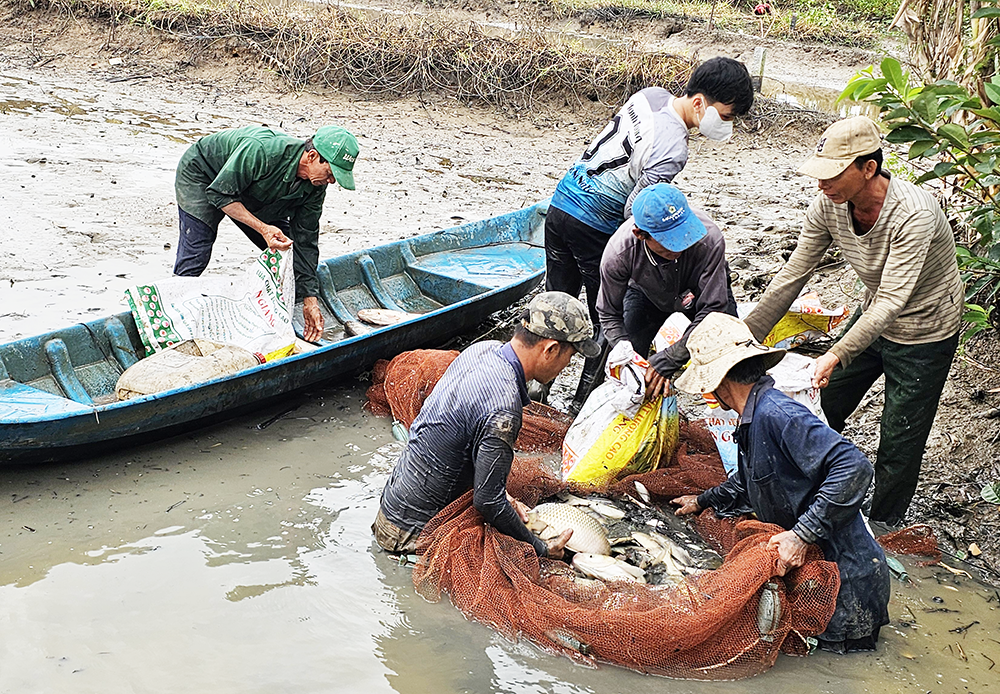
Harvesting fish at the rice field fish farming model in Can Tho City, this model is low cost thanks to taking advantage of natural food sources in the fields during flood season.
Mr. Nguyen Thanh Binh, Director of the Institute of Fisheries Economics and Planning, said: “Over the past decade, the Vietnamese fisheries industry has affirmed its position as one of the important pillars of the economy, contributing nearly 4% of GDP and creating millions of jobs. However, the new context of climate change, saltwater intrusion, international competition and green development requirements is requiring the industry to strongly transform its growth model.” According to Mr. Binh, Resolution 57-NQ/TW of the Politburo affirmed that the development of science, technology, innovation and digital transformation is a strategic breakthrough, the foundation for the country's rapid and sustainable development. Therefore, for the fisheries industry to make a breakthrough, it cannot continue to follow the traditional production model, but must apply science and technology, digital transformation and innovation throughout the entire value chain - from breeding, farming, processing to trade and management.
To meet the requirements of development and create high added value, the fisheries industry must transform from a growth model based on quantity and resource utilization to a growth model based on value and quality. This transformation is also consistent with the orientations and strategies for the development of Vietnam's fisheries to 2030, with a vision to 2045 approved by the Prime Minister in Decision No. 339/QD-TTg dated March 11, 2021, along with related programs and projects issued by central ministries and branches.
Promoting circular economy throughout the chain
The Institute of Fisheries Economics and Planning under the Ministry of Agriculture and Environment has recently coordinated with the German International Cooperation Agency (GIZ) and relevant units to organize the Fisheries Roundtable Dialogue (ARD) 2025 with the theme "Promoting innovation and circular economy in aquaculture in Vietnam" in Can Tho City. Experts and businesses said that it is necessary to promote the application of science and technology, digital transformation and innovation throughout the value chain. Thereby, modernizing the fisheries industry in a market-oriented, environmentally friendly, biodiversity-conserving, climate change-adaptive and responsibly developing direction of circular economy. Using natural resources effectively and economically and making good use of by-products to enhance sustainable value chains.
Ms. Chau Thi Tuyet Hanh, senior expert, Aquaculture Department, Department of Fisheries and Fisheries Control under the Ministry of Agriculture and Rural Development, said: “It is necessary to pay attention to developing organic farming, ecological farming, adapting to climate change and meeting VietGAP, Global GAP, ASC standards... to increase value and sustainable development. Diversify products and markets, develop deep-processed, high-value products that meet green and sustainable standards associated with expanding exports to new, potential markets”. According to Mr. Ngo Tien Chuong, Representative of the German International Cooperation Organization (GIZ) in Vietnam, to increase the value of the seafood industry, especially shrimp, it is necessary to exploit by-products well. Promote innovation throughout the chain, not only in technology but also in improving production organization models, management, and market access. Closely link the "4 houses" to organize development, share data, knowledge and harmonious benefits. Developing the value chain in a circular direction, optimizing input - output, reducing costs, creating symbiotic value between links including farming, processing, recycling and consumption.
The development of a circular economy is essential. The circular economy also creates a great driving force for people, businesses and the country in implementing innovation. According to Mr. Phan Thanh Loc, Chairman of the Board of Directors, General Director of Vietnam Food Company (VNF), the three issues of concern for the seafood industry today are innovation, science and technology and circular economy. The essence of the circular economy is how to incorporate all the so-called "auxiliaries" into the production process. Therefore, everything related to production must be considered as resources. When we look at it that way, we can preserve, exploit and regenerate resources effectively. “The circular economic model from cod in Iceland has brought in a value of 2 billion USD/year even though the fish production is not much, only about 200,000 tons/year. This success is because the Icelandic seafood industry does not distinguish between by-products and main products. This country has increased the application of science and technology to exploit by-products to a near-optimal level of efficiency, using up to 95% of seafood volume, while in our country it is currently only at 56% (the world is 75%). The Vietnamese seafood industry is much larger than Iceland and if a similar solution is applied, it will create huge value,” Mr. Loc cited.
To promote innovation and circular economy in the fisheries sector, authorities need to strengthen propaganda, dissemination of information and knowledge to people and businesses. At the same time, there should be policies to support and facilitate organizations and individuals to access green financial resources, innovation funds and programs and projects to encourage testing, learning and replication of effective models.
Article and photos: KHANH TRUNG
Source: https://baocantho.com.vn/phat-trien-nganh-thuy-san-theo-huong-tang-truong-xanh-va-ben-vung-a193312.html


![[Photo] Ca Mau "struggling" to cope with the highest tide of the year, forecast to exceed alert level 3](https://vphoto.vietnam.vn/thumb/1200x675/vietnam/resource/IMAGE/2025/11/04/1762235371445_ndo_br_trieu-cuong-2-6486-jpg.webp)
![[Photo] Ho Chi Minh City Youth Take Action for a Cleaner Environment](https://vphoto.vietnam.vn/thumb/1200x675/vietnam/resource/IMAGE/2025/11/04/1762233574890_550816358-1108586934787014-6430522970717297480-n-1-jpg.webp)


![[Photo] The road connecting Dong Nai with Ho Chi Minh City is still unfinished after 5 years of construction.](https://vphoto.vietnam.vn/thumb/1200x675/vietnam/resource/IMAGE/2025/11/04/1762241675985_ndo_br_dji-20251104104418-0635-d-resize-1295-jpg.webp)
![[Photo] Comrade Nguyen Duy Ngoc holds the position of Secretary of the Hanoi Party Committee](https://vphoto.vietnam.vn/thumb/1200x675/vietnam/resource/IMAGE/2025/11/04/1762234472658_a1-bnd-5518-8538-jpg.webp)


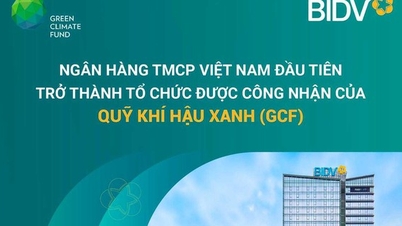







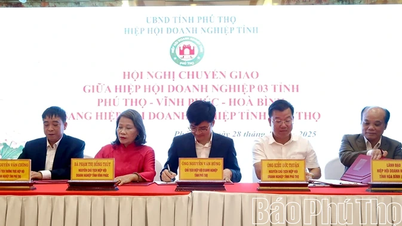





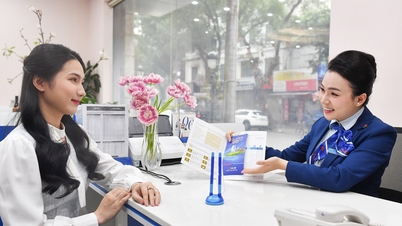
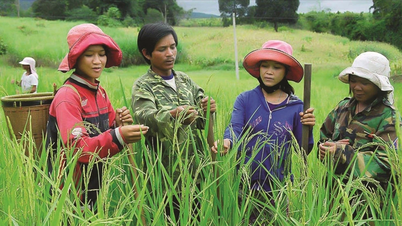










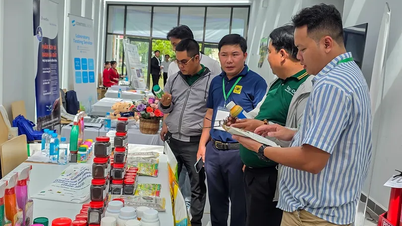
































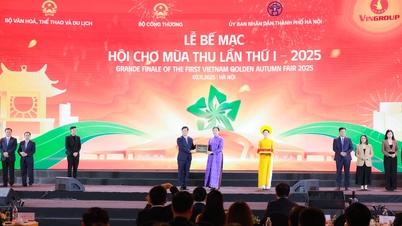














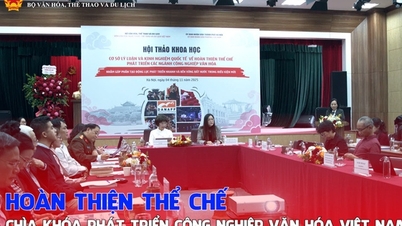

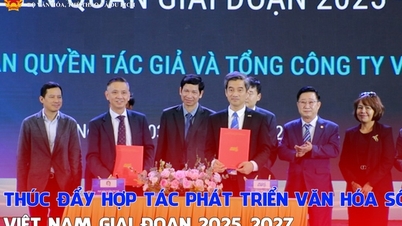
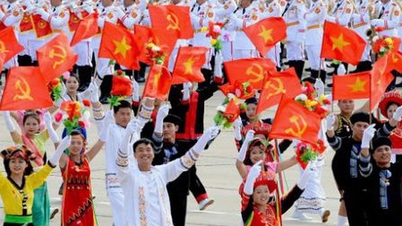
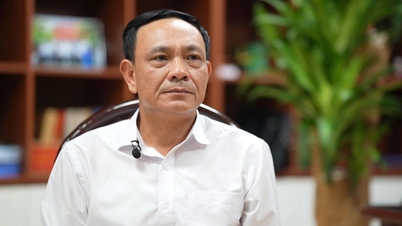


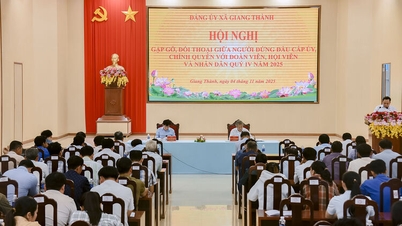

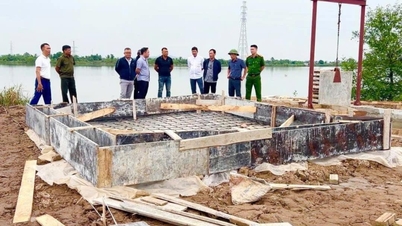
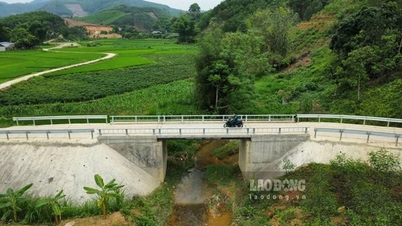














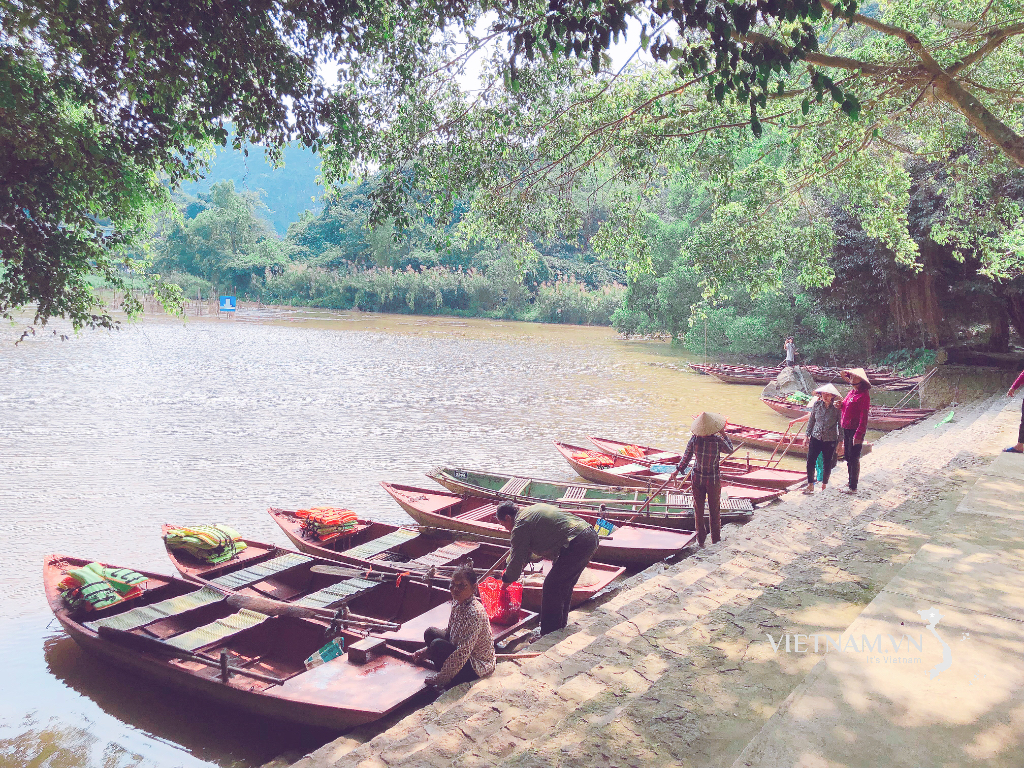

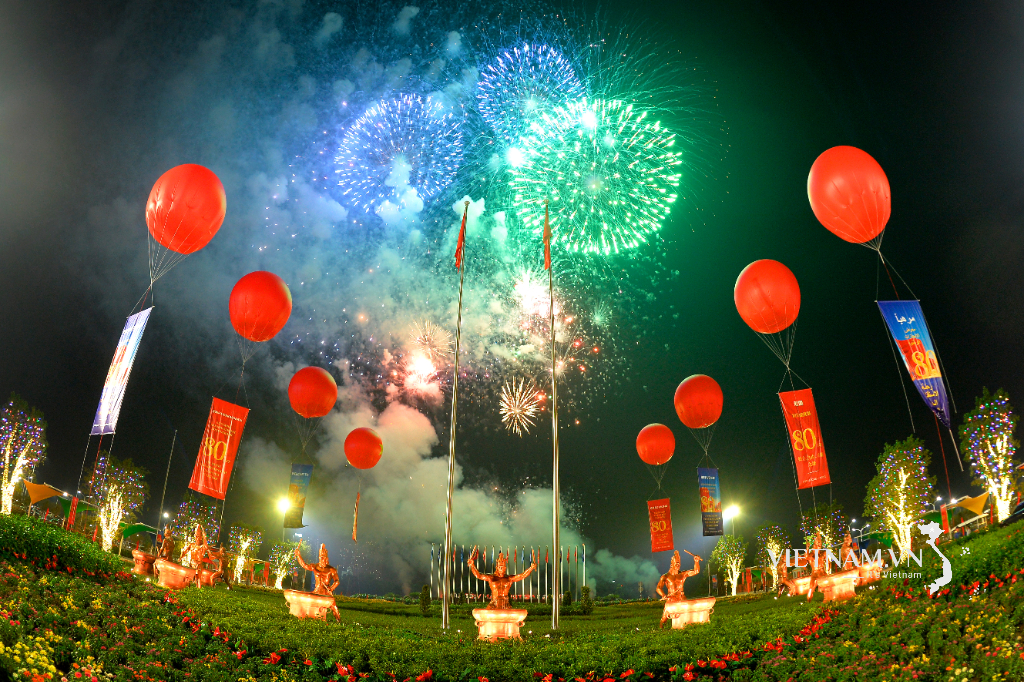

Comment (0)